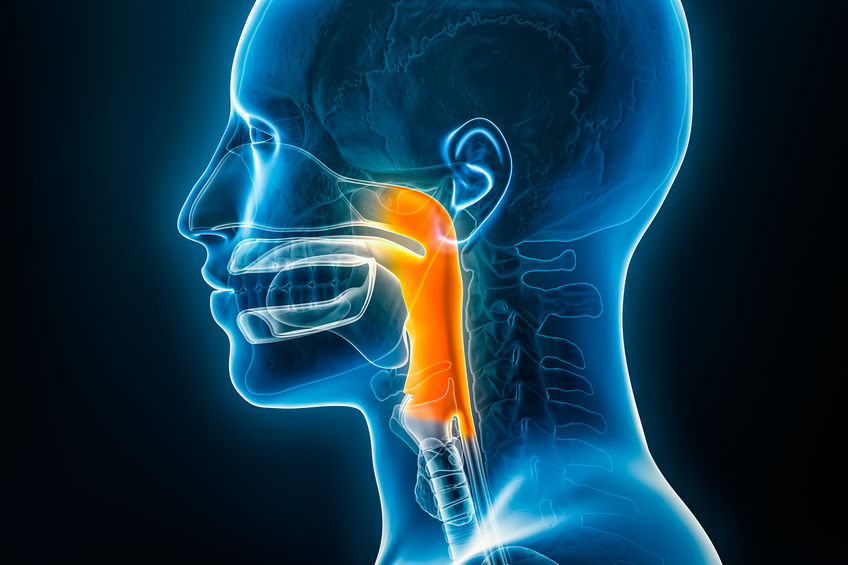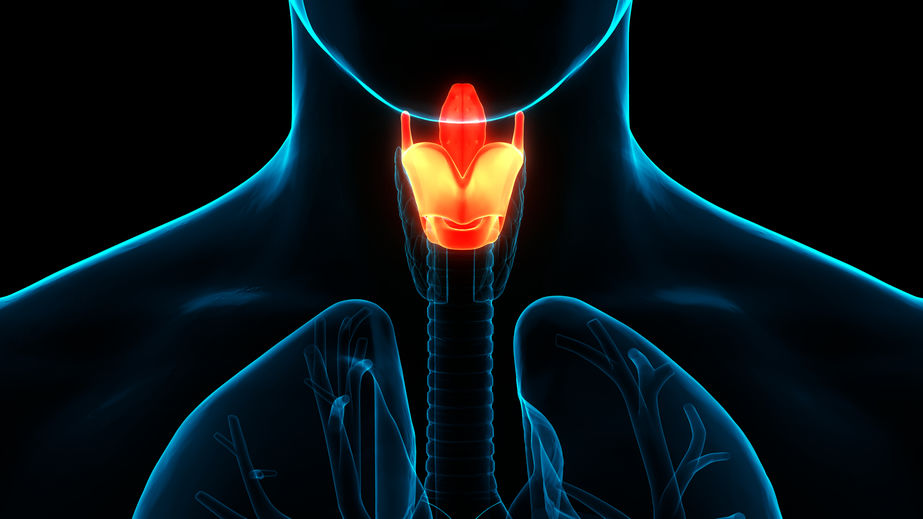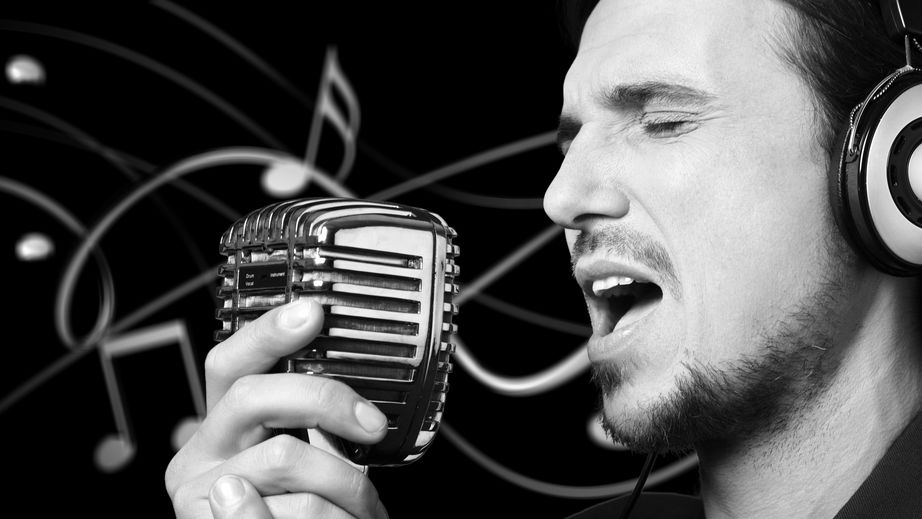THE LARYNX FOR KIDS (AND ADULTS TOO!)

This is how your vocal folds work in the lower register. Air coming from the lungs creates a vibrational wave, from the bottom of the fold to the top. The folds open and close rapidly, releasing puffs of air every time they open. When you sing a middle C, this happens 256 times per second (Hz).
When you are singing higher notes in your upper register, this vibratory pattern begins higher on the vocal fold. The folds are also stretched longer and thinner due to the action of the cricothyroid muscle (CT) tilting the thyroid cartilage forward and down. Since the folds are attached to the arytenoid cartilages in the back of the larynx, when the thyroid tilts forward and down, the folds are lengthened, like rubber bands stretching. The combined result is less vocal fold vibrational mass employed in the upper register.
If you attempt to hold on to the vocal fold mass of the lower register when singing higher pitches (in other words, yelling on high notes) you will experience strain and ultimately, vocal abuse. Most singers try to do this, in the beginning, because the “chest voice” is our speaking voice and feels familiar. It’s hard to let go of what you know! But once singers discover the ease and power of the mix with vocal training at SLaS, they never go back to pushing the chest voice too high.
HOW THE LARYNX PRODUCES SOUND
THE LARYNX

Mucosa of the Larynx and Vocal Cords – 3D Anatomy Tutorial Larynx – Ligaments, Membranes, Vocal Cords – 3D Anatomy Tutorial
VIBRATION OF THE VOCAL FOLDS, PROCESS OF PHONATION
Vibration of the Vocal Folds
Process of Phonation Small on Vimeo
ROLES OF THE MUSCLES OF THE LARYNX
LOOKING AT A VOICE
VOCAL FOLDS ON LOW AND HIGH PITCH
VOWEL DEMONSTRATOR- HOW CHANGING THE RESONATOR AFFECTS VOWELS
THE CRICOTHYROID (CT) MUSCLE- RESPONSIBLE FOR HIGH NOTES, POSTERIOR CRICOARYTENOID (VOCAL FOLD ABDUCTION), LATERAL CRICOARYTENOID (LCA) (VOCAL FOLD ADDUCTION)
INTERARYTENOID (IA) MUSCLES, THYROARYTENOID (TA) (VOCAL FOLD ADDUCTION)
EXTRINSIC MUSCLES OF THE
MOVEMENT OF TONGUE AND LIPS DURING SPEECH
TONGUE POSITION IN VOWELS AND CONSONANTS
NG
ADDUCTED ONSET
RESONANCE

Speech, vibration, resonance, and articulation
The World: MRI scan of a soprano singing
What Happens In Our Mouth In The Process Of Speaking
Vocal tract – Real time MRI
New Super-Fast MRI Technique: Singing ‘If I Only Had a Brain’HOW VOCAL RESONANCE OCCURS: STANDING WAVES IN A CLOSED TUBE
RESONANCE AND THE SOUNDS OF MUSIC
THE SOUNDS OF MUSIC
GREAT MIX VOICE WITH VIBRATO – ARIANA GRANDE
DR BASTIAN- HOW TO CHECK YOUR VOCAL FOLDS FOR EARLY DETECTION OF TRAUMA
Vocal Cord Swelling Checks: A Simple Way to Detect the Early Signs of Vocal Injury
Nodules and Other Vocal Cord Injuries | How Do They Occur and Can They Be Treated?
DUKE VOICE CARE CENTER- SAVE YOUR VOICE, SAVE YOUR CAREER!
Dr James Thomas explains vocal trauma: NODULES, POLYPS, HEMMORHAGE
Other Sources Recommended by SLaS:
Dr Ingo Titze is the world’s leading vocologist and vocal scientist. This site contains a wealth of information about the voice.
